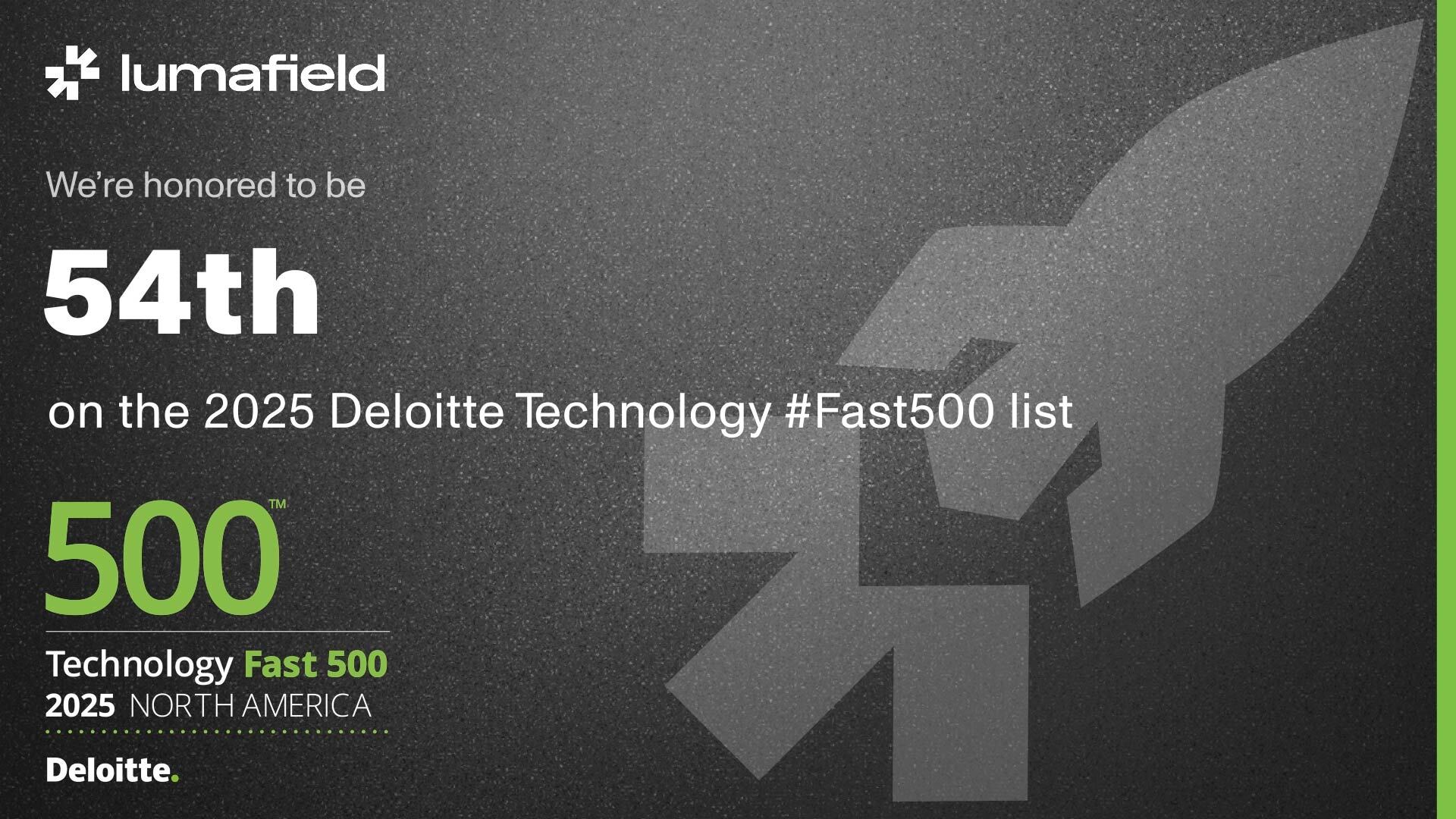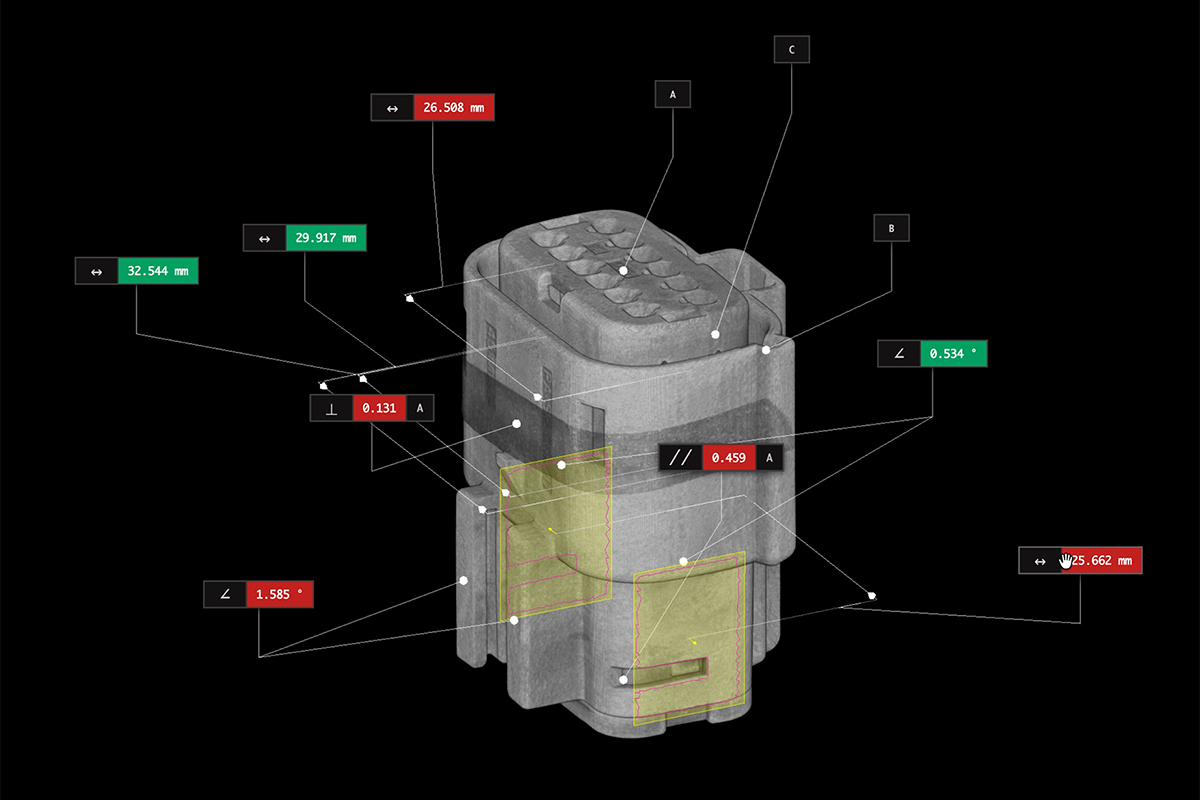Neptune scanner configurations
Precision tailored to your needs
Lumafield’s Neptune industrial X-ray CT scanner is now available in three configurations, each fine-tuned to your unique inspection requirements. At the heart of these configurations lie two critical parameters: the X-ray source power and the spot size. X-ray source power determines how effectively the X-rays penetrate different materials, while the spot size influences the level of detail and resolution in the resulting images. By selecting the appropriate combination of these parameters, you can tailor your Neptune scanner to match the specific requirements of your industry and applications, ensuring precise and comprehensive inspection results.
Neptune
Balancing resolution and power, our 120 kV Neptune configuration is a versatile choice for a wide range of applications. Whether you're working with plastic packaging or athletic equipment and soft goods, this scanner brings clarity and ease of use to the forefront. Uncover the details within your materials, from precisely quantifying internal porosity to ensuring bonding between layers of a running shoe.

Neptune Microfocus
Our 130 kV Neptune Microfocus configuration offers exceptional resolution with a small X-ray spot size that produces remarkably crisp scans. This results in higher-resolution images and enables the scanner to capture intricate details with precision. Dive deep into the intricacies of medical devices and electronic BGA solder pads.

Neptune High Power
Harnessing the formidable power of a 190 kV X-ray source, this Neptune configuration easily penetrates denser materials like aluminum and steel, making it indispensable for inspecting castings and machined parts. From identifying hidden defects in intricate aerospace components to performing assembly verification of automotive parts, this powerhouse has you covered.

A single inspection platform
No matter which Neptune configuration you choose, they all share the same user-friendly form factor and are integrated with Lumafield’s browser-based Voyager analysis platform. Seamlessly transition between configurations, streamline your scanning processes, and gain valuable insights into your scanned objects—all through a unified interface.
Find the right fit
Our team is here to provide expert guidance on selecting the Neptune that best meets your needs. Transform your inspection capacity, knowing that Lumafield offers the perfect scanner configuration to elevate the quality and precision of your scans.
Discover a wealth of CT applications across industries, from aerospace and automotive to batteries and beyond, and redefine your approach to precision inspection.










